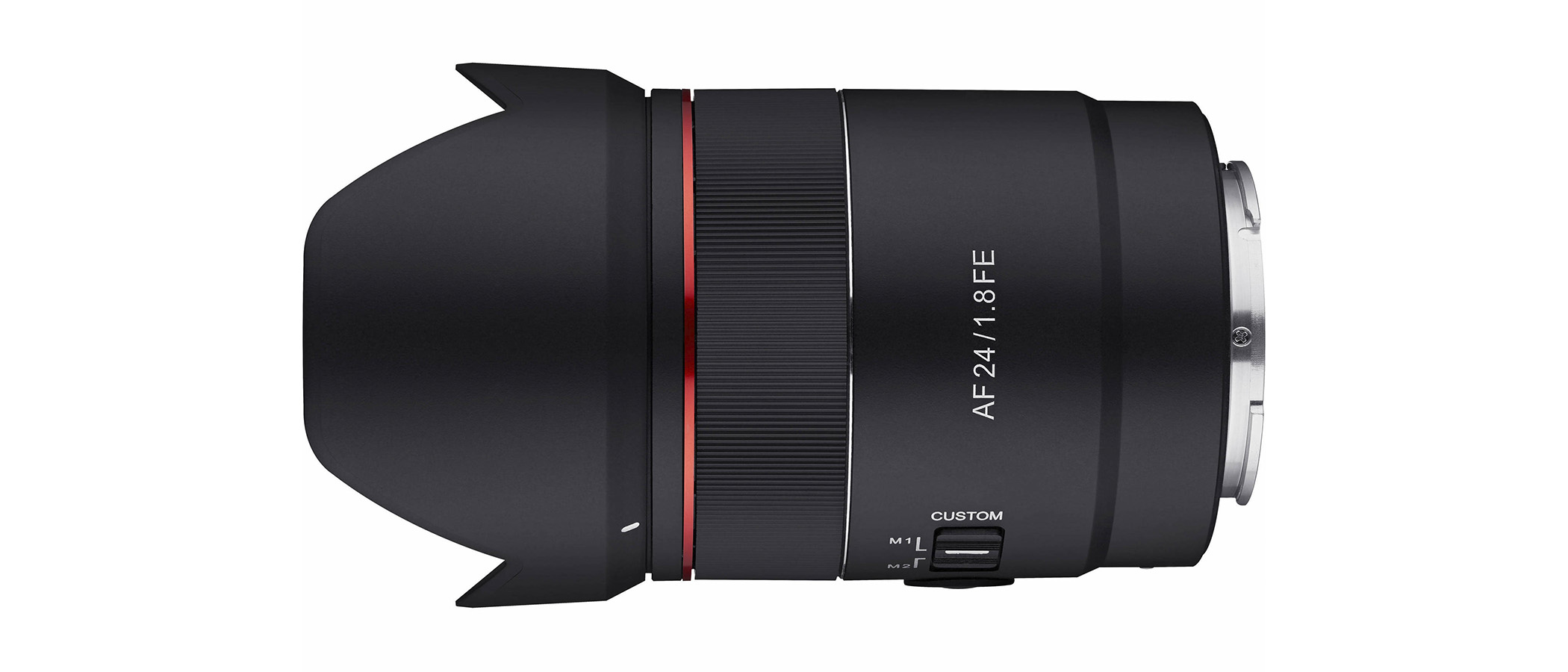Early Verdict
Sony Alpha users have plenty of choice when it comes to 24mm wide-angle prime lenses, but Samyang's f/1.8 speed option offers an interesting and versatile middle ground. More importantly, it offers pretty good bang for buck – a great balance between image quality and keeping your wallet happy.
Pros
- +
Excellent image quality
- +
Customisable focus hold buttons and mode switch
- +
Great weather sealing
Cons
- -
Some vignetting when wide open
- -
Not quite distortion-free
Why you can trust Digital Camera World
If you're the owner of a full-frame Sony Alpha mirrorless camera, then you'd have to be happy when it comes to adding to your lens system. Not only is Sony’s own line-up creeping towards 70 models, but there isn’t a third-party lens maker of any note that doesn’t offer something in the FE mount. If anything, you’re probably spoilt for choice, but the real positive here is that there’s something for every budget.
Korean lens maker Samyang has been balancing affordability and performance with its growing range of FE-mount autofocus lenses and it’s not been afraid to step into the more hotly contested categories… such as a 24-70mm f/2.8 which is made by just about everybody. Likewise with the AF 24mm f/1.8 FE, which is a very popular focal length and can be had in the Sony full-frame mount with maximum apertures of f/1.4, f/1.8, f/2.0, f/2.8 or f/3.5 depending on which brand you favour.
With its f/1.8 lens, Samyang has again gone down the path off optimising compactness, which means its closest rival – assuming you’re thinking small too – is Sony’s own petite FE 24mm f/2.8 G, which is actually smaller and lighter again, but pricier and a stop slower.
Right from the start, Sony has smartly made the FE mount an open standard so third-party manufacturers can access all the necessary protocols (via a licensing agreement), which is why there’s now such a wide selection of fully compatible lenses. Sony has had enough confidence in its own products to allow direct competition and it looks like it’s worked for everybody, especially in terms of giving the FE mount much wider appeal.
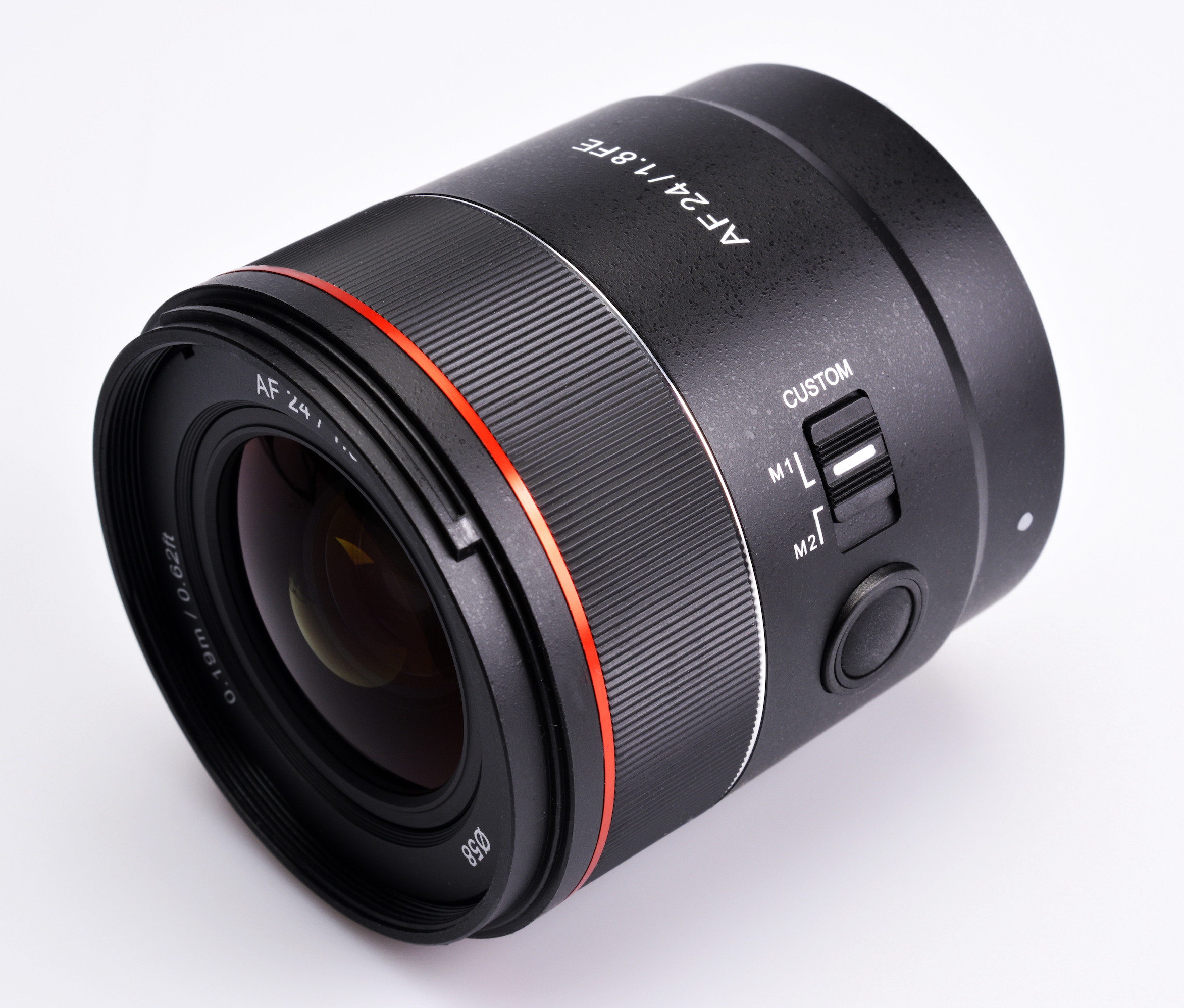
Specifications
Mount: Sony E (FE)
Also known as: Rokinon 24mm F2.8 AF Sony E
Full frame: Yes
Autofocus: Yes
Image stabilization: No
Lens construction: 11 elements in 8 groups
Angle of view: 83.7 degrees
Diaphragm blades: 9
Minimum aperture: f/22
Minimum focusing distance: 0.19m
Maximum magnification ratio: 0.21x
Filter size: 58mm
Dimensions: 65x70mm
Weight: 230g
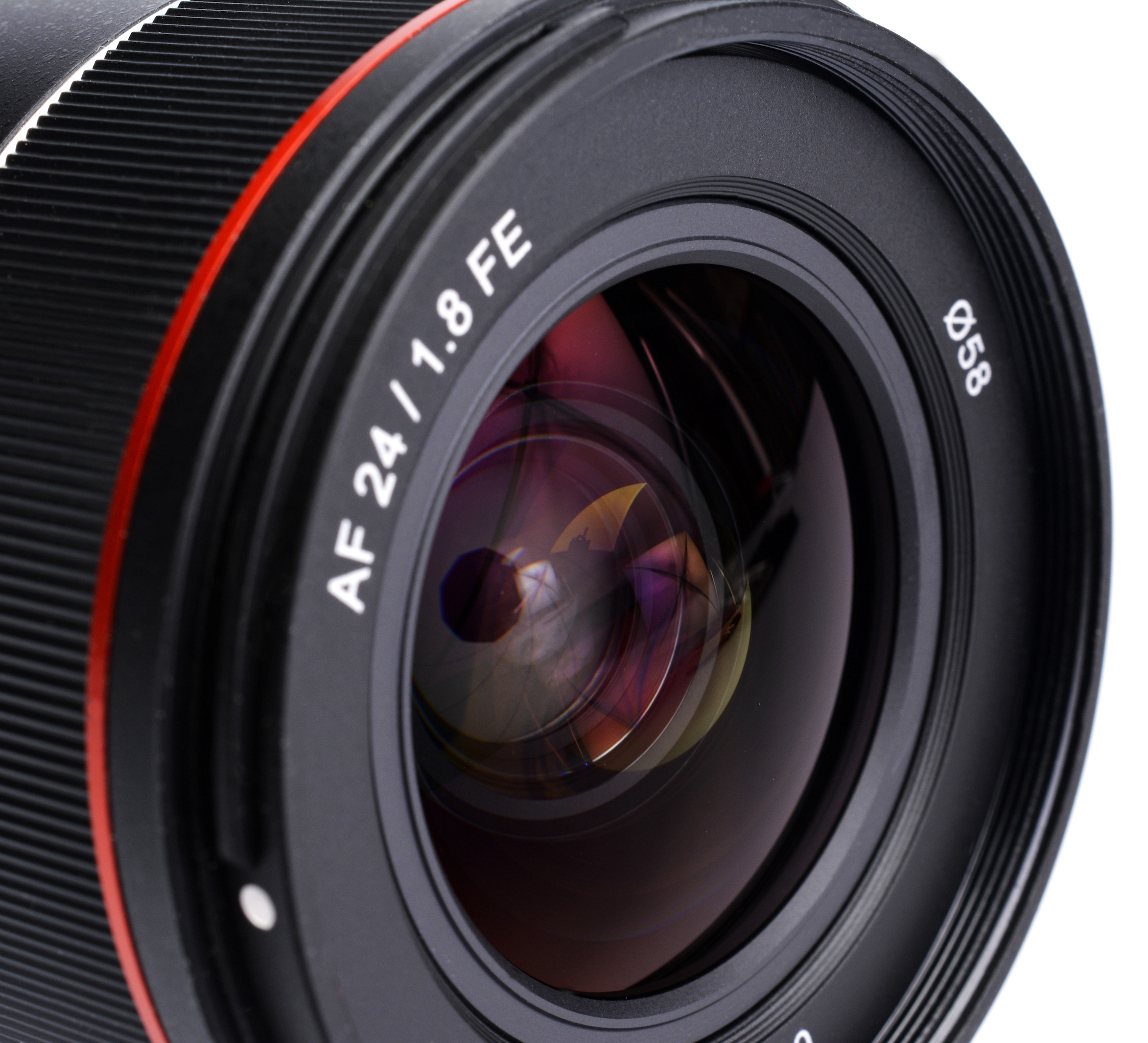
External design
The Samyang lens weighs in at just 230g and is 71.5mm in length, so it’s definitely small by any measure. Given the weight, you won’t be surprised to learn that the external construction is mostly GRP, but there’s still a stainless steel lens mount which, incidentally, provides a full interface with Sony Alpha bodies.
The Samyang 24mm’s barrel is weather sealed, which includes a gasket around the lens mount and protection for the focusing ring and two controls, namely a switch marked ‘Custom’ and a button. The custom switch has two settings – designated M1 and M2 – and this is essentially Samyang’s way of providing a multi-function control ring. At the M1 position, the focusing collar does indeed adjust focus but, curiously, you still need to select manual focus via the camera – so, really, the M1 setting currently does nothing – but flick to M2 and you get manual aperture adjustment which is handy.
There’s obviously scope for more to come here via the Samyang Lens Station and its software which will allow you to make the M1 setting the manual focus mode selector, but it would make life easier if this was already programmed into the lens.
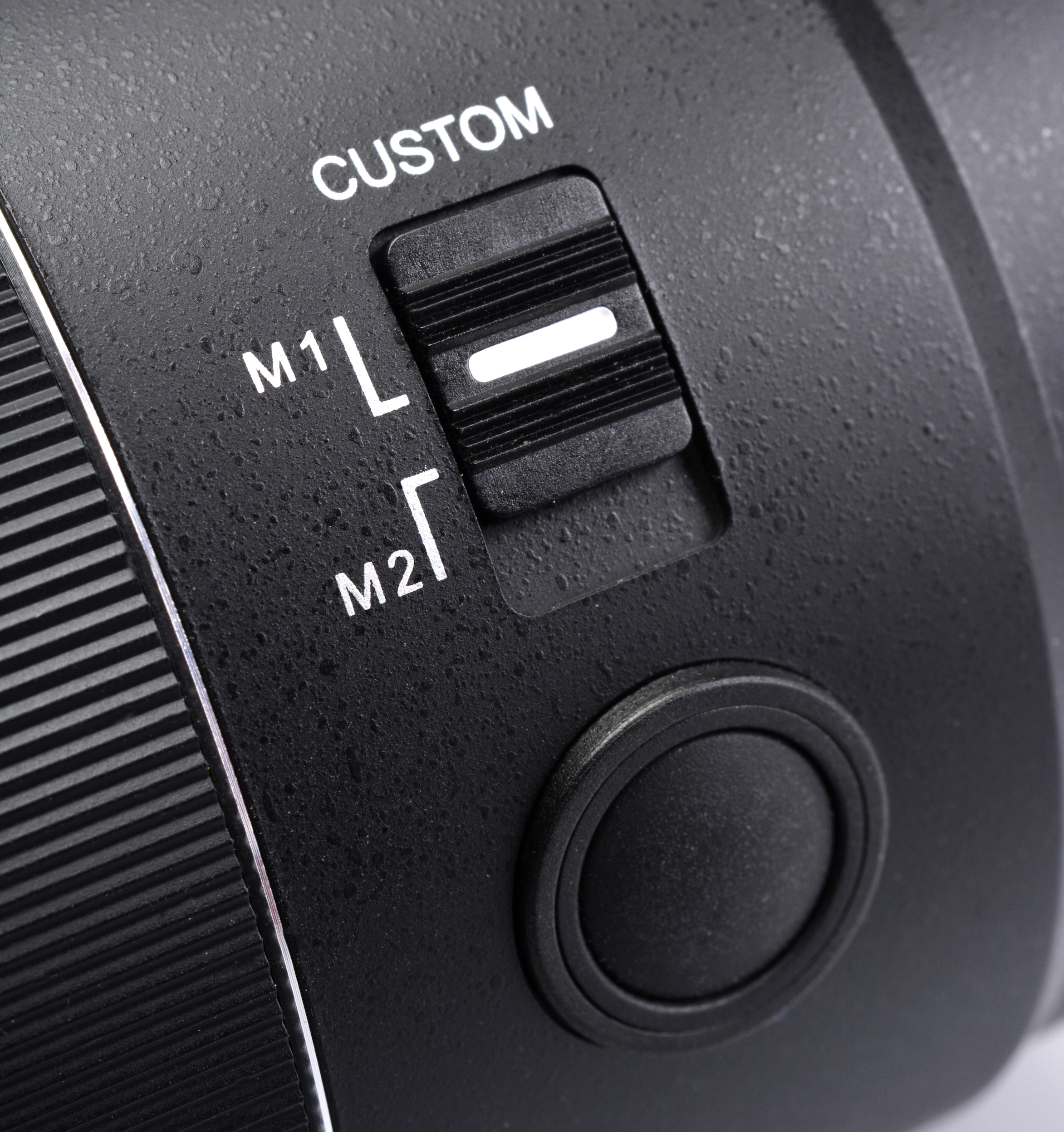
The button is, as you might have already guessed, for focus hold and this is the first time it’s appeared on a Samyang lens, but it’s a standard feature on Sony’s own lenses, so it makes sense to have it here too. It’s programmable for different functions from the camera body (via the Custom Settings menu), but Samyang has added one of its own called the ‘Astro Focus’ mode. Obviously a fast wide-angle prime is a popular choice for astrophotography and autofocusing in this situation can be a challenge so, in the astro mode, the lens will automatically set the focus to the factory-set infinity position.
It’s while setting up the astro focus mode that you’ll suddenly note that there’s a tiny LED lamp set into the lens’ barrel between the focus-hold button and the mount. It shows red during the infinity focusing process and then turns to green when it’s completed. If you then make a manual adjustment for whatever reason, the LED will again turn to red to indicate that you’ve changed the focus. Pressing the focus-hold button will restore focus to the infinity position and you’ll again get the green LED. Additionally, if you feel confident enough, you can calibrate the infinity focus position yourself, which may be necessary if there’s slight front- or back-focusing issues with your particular combination of lens and camera body.
Optical design
On the inside the optical construction comprises 11 elements in eight groups. There are a total of seven special elements that contribute to the very compact optical design while also enhancing the key performance aspects of sharpness, distortion and correction for aberrations.
For starters, there are two aspherical (ASP) elements to primarily correct for distortion, but in the process also contribute to better uniformity of sharpness from the centre to the corners of the frame. A pair of elements with extra-low dispersion (ED) characteristics combine with three with a high refractive index (HR) to do a whole lot of correcting for chromatic aberrations (both lateral and longitudinal), spherical aberrations and, importantly for a lens intended for astrophotography, comatic aberrations (also known simply as coma). This ensures that at the edges of the frame, points of lights (such as stars obviously) are rendered as circular rather than becoming increasingly more ‘stretched’ and oval-shaped as would be the case with a less well-corrected lens.
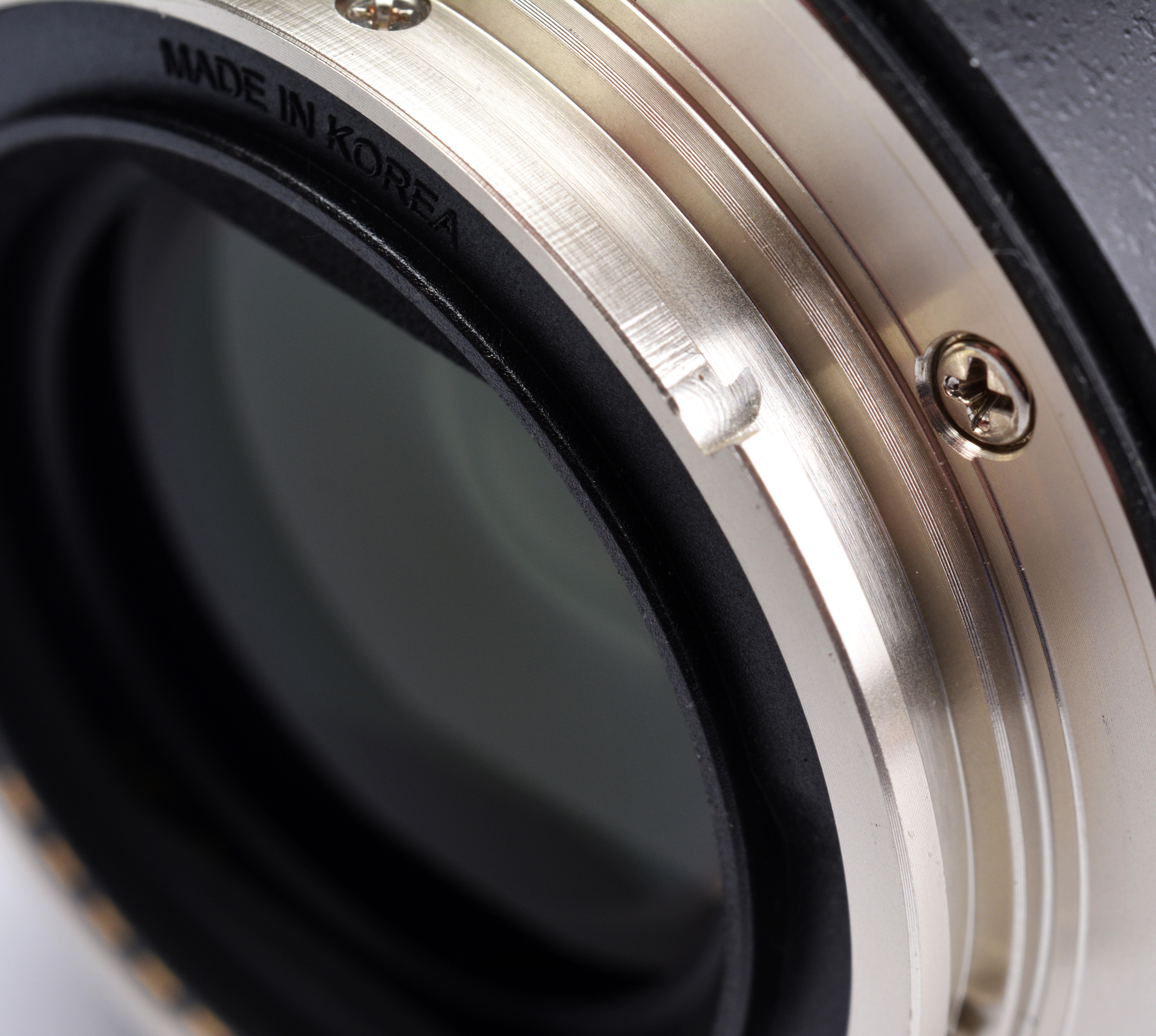
Samyang’s latest generation of Ultra Multi-Coating (UMC) is applied in 14 layers to reduce internal reflections and so suppress ghosting and flare. The aperture diaphragm has nine blades to give smoother and more rounded out-of-focus effects (a.k.a. the bokeh). Focusing adjustment is performed internally – so there’s no change to the barrel length in the process – and the minimum subject distance is 19cm. This represents reasonable close-up capabilities that are handy when focusing on near objects in a foreground, but obviously nowhere near any real macro potential.
The autofocusing operation is via a linear stepping motor (STM) that’s both fast and very quiet while also delivering reliable subject tracking. The full FE-mount interface means that the Samyang lens supports the Alpha camera focusing functions such as eye/face detection, and the DMF (Direct Manual Focus) full-time manual override of the autofocusing. It also supports Sony’s in-camera corrections for vignetting, chromatic aberrations and distortion.
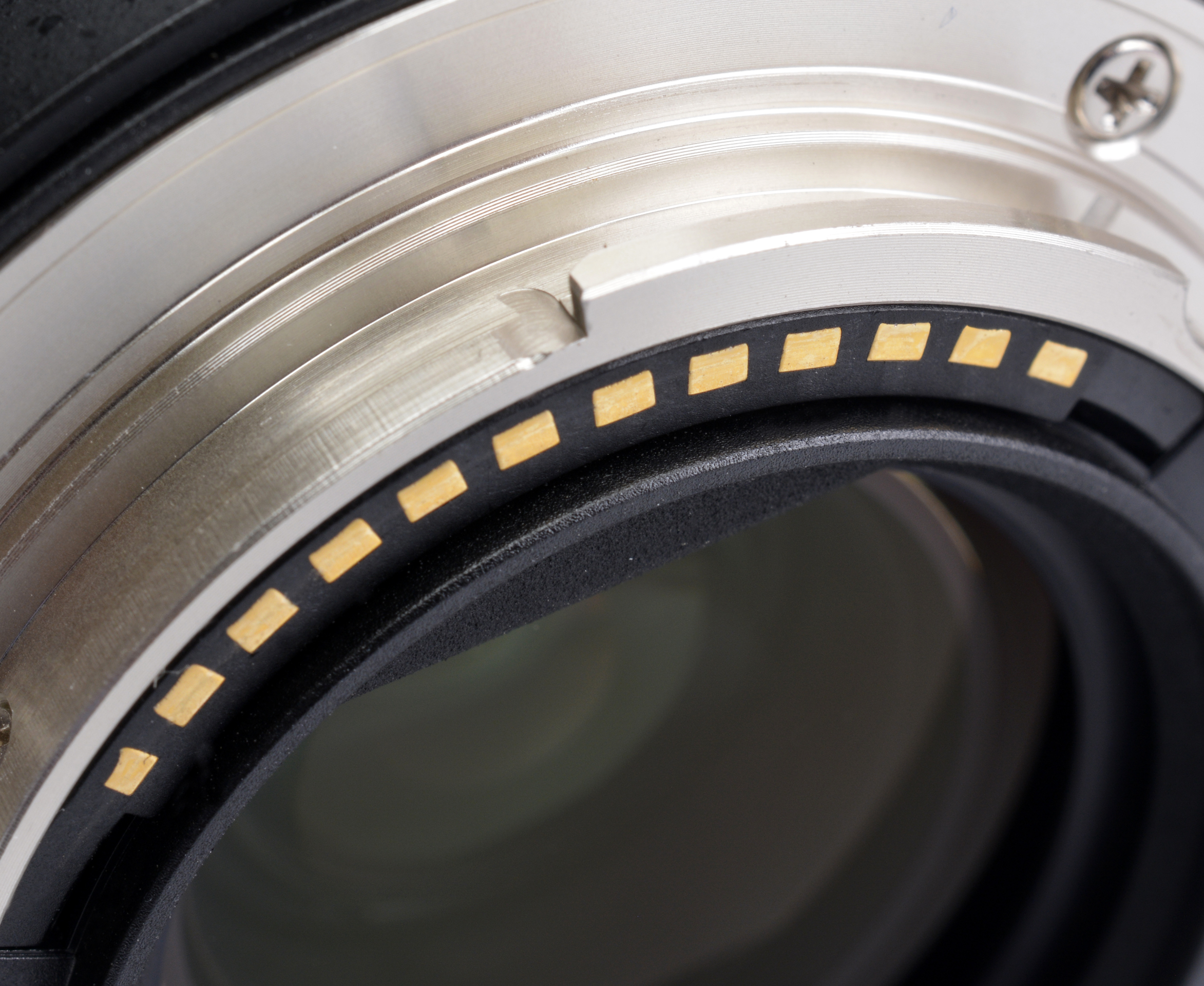
Performance
As we’ve come to learn from Samyang, don’t be put off by the AF 24mm f/1.8 prime’s lightness… this is another of the company’s lenses that’s more of a heavyweight contender when it comes to the optical performance.
It’s exceedingly sharp across the frame with only very minimal softening at the corners at f/1.8, which you’re only going to notice in a very big enlargement. It’s also nice and contrasty across the frame with good neutrality, and there’s smooth separation from in-focus to out-of-focus, giving a convincing impression of depth.
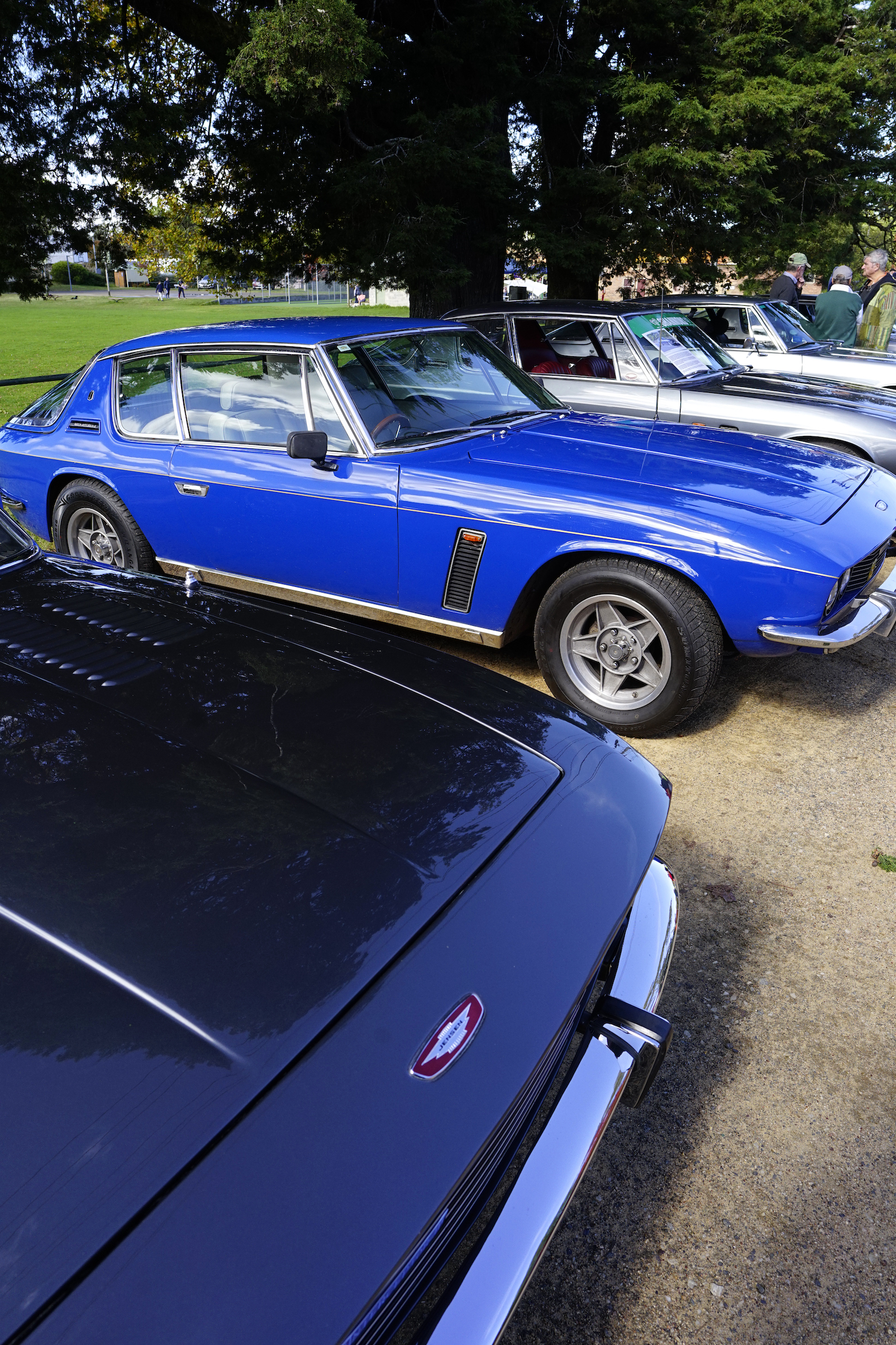
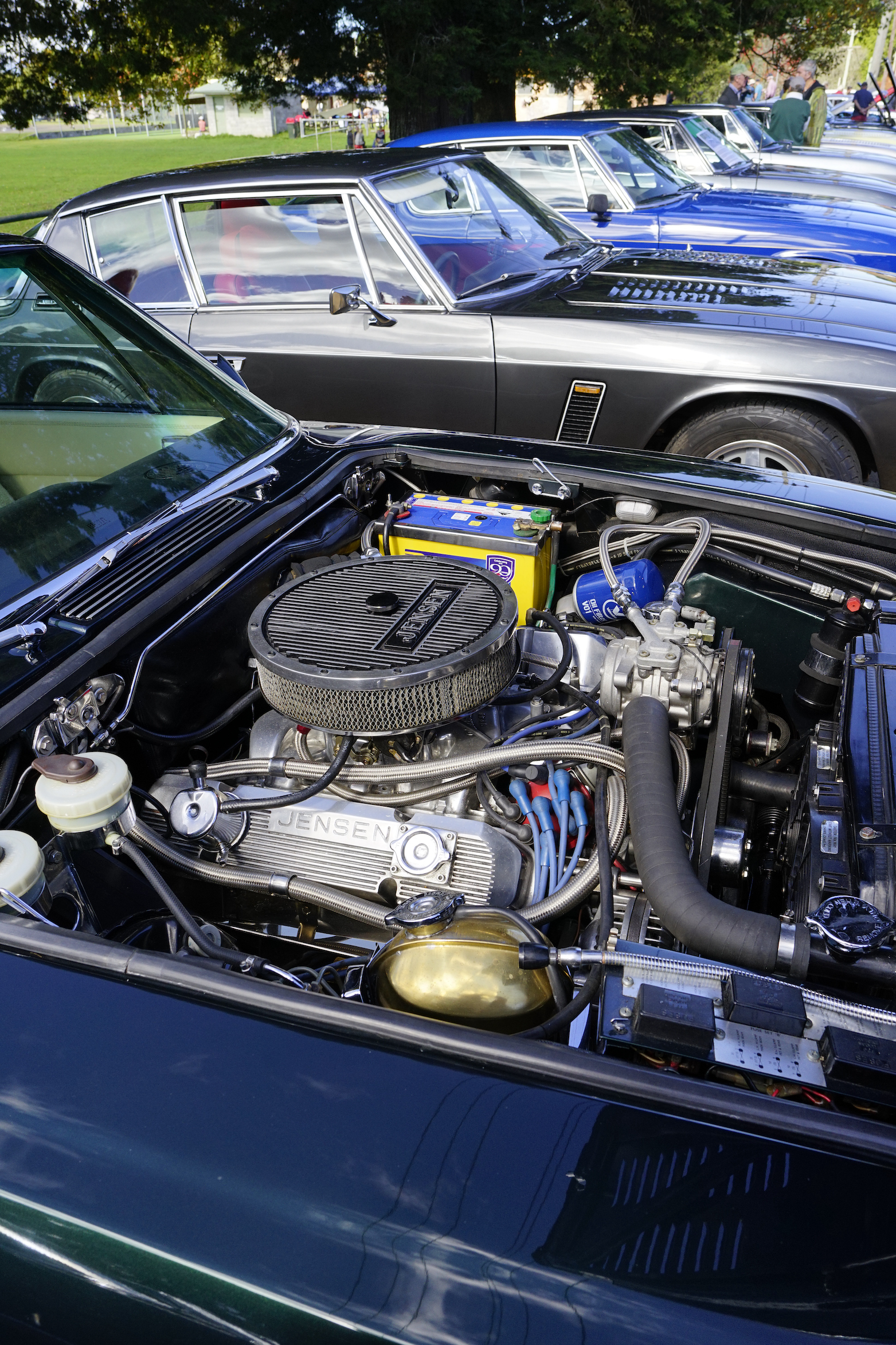
Stop down to f/2.8 and the corners have fully crisped up, so the sharpness is exemplary across the frame. There’s noticeable vignetting when shooting wide open, but it’s easily fixed with in-camera correction or by stopping down to f/2.8. Lateral chromatic aberration is non-existent and there’s very minimal longitudinal colour fringing which, again, you’re only going to see with a very big enlargement of the image. There’s some slight barrel-type distortion that’s easily corrected either in-camera or post-camera.
All this is pretty typical for a wide-angle prime – even a much more expensive one – and certainly with everyday shooting, you’re only going to notice the excellent sharpness and contrast. The optical resolution is more than able to play nice with the 50MP sensor in the Alpha 1 or the 61MP imager in the A7 IV.

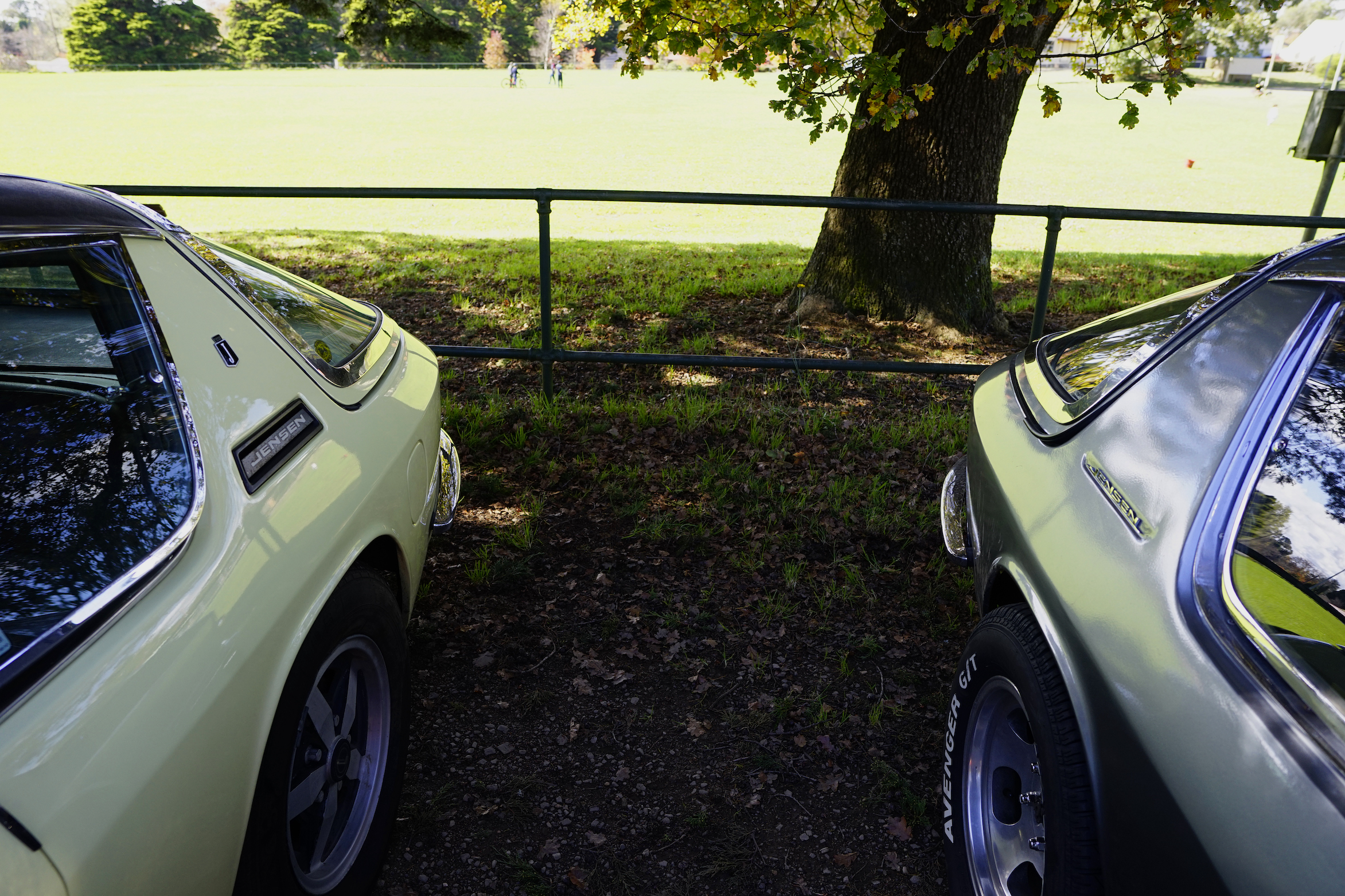
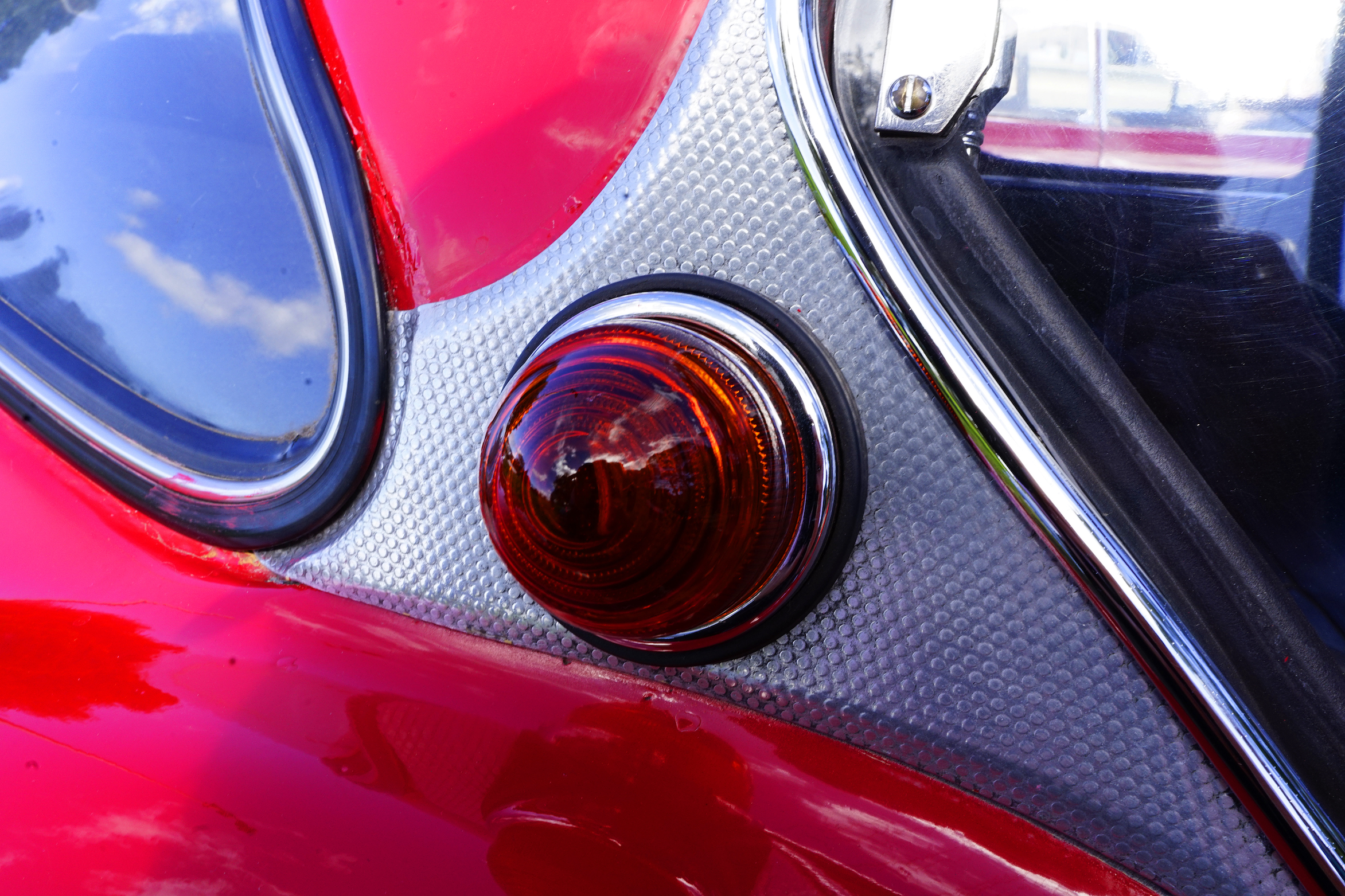


Verdict
While Samyang is promoting the AF 24mm f/1.8’s astrophotography credentials, it’s also ideally suited to landscapes and travel, especially since it’s so compact. You’d have to really think long and hard about whether you need an f/1.4 lens, given the increases in size, weight and price that this extra speed entails. In the Samyang lens, f/1.8 is definitely a nice compromise between absolute portability and low-light shooting capabilities… as well as the optical performance when shooting at the widest apertures.
For the money, you could easily contemplate buying the 24mm f/1.8 specifically for astrophotography, but the chances are that you’ll end up using it for a lot of other subjects too.
[This review first appeared in Australian Camera's May / June 2022 issue]
Read more:
• Best Samyang lenses
• Best lenses for astrophotography
• Best Sony cameras
• Best Sony lenses

Paul has been writing about cameras, photography and photographers for 40 years. He joined Australian Camera as an editorial assistant in 1982, subsequently becoming the magazine’s technical editor, and has been editor since 1998. He is also the editor of sister publication ProPhoto, a position he has held since 1989. In 2011, Paul was made an Honorary Fellow of the Institute Of Australian Photography (AIPP) in recognition of his long-term contribution to the Australian photo industry. Outside of his magazine work, he is the editor of the Contemporary Photographers: Australia series of monographs which document the lives of Australia’s most important photographers.
